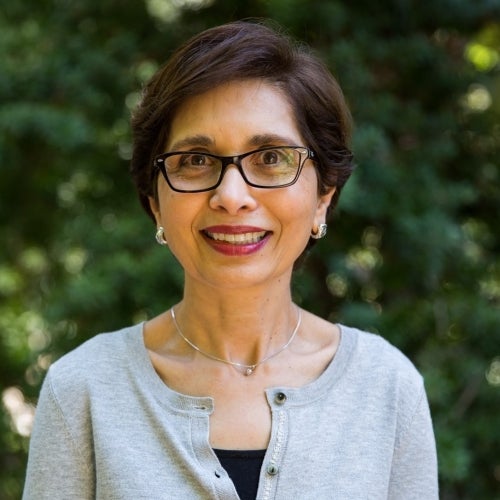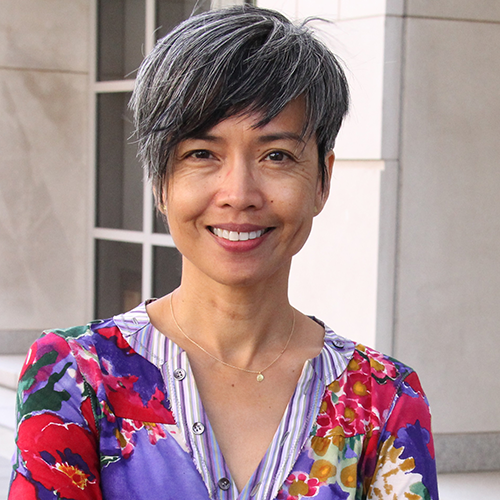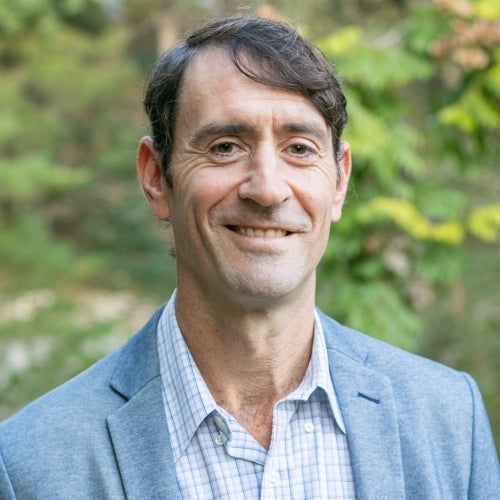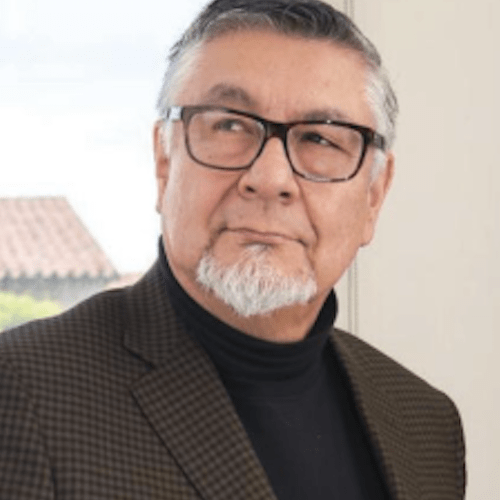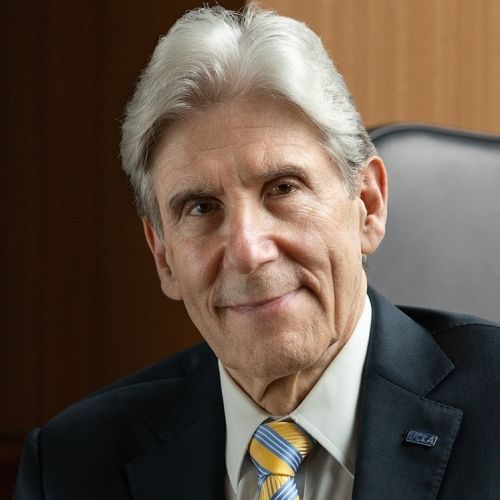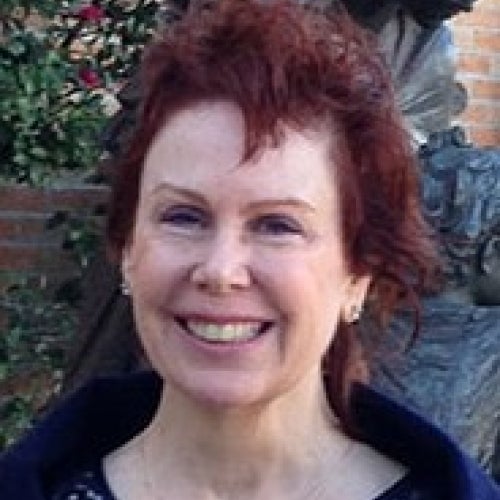Lifting All Communities

Healthy People 2030, the U.S. Department of Health and Human Services’ data-driven objectives for improving the nation’s health, defines health equity as “the attainment of the highest level of health for all people.” Within the UCLA Fielding School of Public Health’s first five years, the civil rights movement and the passage of historic Medicare and Medicaid legislation suggested the country was making progress toward that lofty goal. But today, wide gaps persist across communities in health and healthcare, driven by factors such as discrimination, income, housing, and education. One’s ZIP code remains a better predictor of life expectancy than their genetic code. And although the Affordable Care Act brought advances, the U.S. remains an outlier among high-income countries in not providing universal healthcare.
Addressing gaps in equity and advancing health through partnerships with communities and policymakers has been a defining characteristic of work at UCLA Fielding since its inception. Dr. Roshan Bastani (image, left), FSPH professor of health policy and management and director of the FSPH-based UCLA Kaiser Permanente Center for Health Equity, has been a leader in that effort since joining the school’s faculty in 1987. Bastani, a social and health psychologist, has devoted her career to address- ing disparities in cancer and other health outcomes through rigorous research and pragmatic interventions, working in close partnership with communities. Dr. Naomi Zewde (image, right), who came to the school in 2022 as an assistant professor of health policy and management, is a public policy scholar who focuses on how public institutions can deliver health, medical care, and economic security across the income distribution — and strategies for compressing that distribution to enhance equity.
ALTHOUGH YOUR WORK IS VERY DIFFERENT, BOTH OF YOU APPLY YOUR EXPERTISE TO PURSUING HEALTH EQUITY. WHY IS THAT SO IMPORTANT TO YOU?
NAOMI ZEWDE: The U.S. does such a poor job of equitably financing healthcare. We definitely can do it; other countries have figured it out. It’s economically feasible, administratively feasible, but something prevents us from using democratic levers in our collective best interests. Why can’t the 99% get a better healthcare system? I care about that.
ROSHAN BASTANI: I grew up in India and saw a lot of inequities in the social factors that drive disparities in health and healthcare. With my training in social psychology, I felt I could contribute what I had learned about drivers of human behavior to help disadvantaged groups overcome some of the barriers conferred by broader social factors. No matter what the disease, it is the same marginalized populations that experience disparities, resulting from the interactions of biology with the social environment. That is something I have worked to change.
HOW HAS PUBLIC HEALTH’S APPROACH TO HEALTH EQUITY ISSUES EVOLVED IN THE TIME YOU’VE BEEN IN THE FIELD?
RB: Early in my career, the approach among many academics was that “I know how to do this; I’m going to come and save you.” That’s the wrong attitude. The people who know better are the ones who are experiencing the inequities and the people on the ground working with those groups. We have seen a gradual evolution over time toward collaboration and working with what we call community assets, which are present in all communities. We have also learned that it is important to tailor our approaches to the particular context and population characteristics of the groups we are trying to assist.
NZ: In terms of insurance, when I began my career there was a belief that the consumer-directed health plan should have high deductibles so that consumers would price shop and have skin in the game. Over time, deductibles have increased, but that price shopping hasn’t driven savings. People still go to their doctor, their doctor tells them what to do, and they end up financially burdened. Today’s cost-savings innovations are more on the supply side — prior authorizations, narrow networks, managed care. The problem is that these generate their own inequalities. If you have less English fluency, you’re less likely to overcome a prior authorization, for example. So it’s still an evolving landscape in terms of how we get people the care they need.
The other change I’ve noticed is that people talk about race much more now. I don’t know where that will lead, but it’s a reflection of trying to make progress on these big, important issues. It’s a signal, for people like myself, that we have opportunities to express what a better world could look like.

WHAT HAVE YOU FOUND TO BE THE BEST WAY YOU CAN MAKE A DIFFERENCE IN ADVANCING THE POLICIES THAT WOULD PROMOTE EQUITY?
NZ: A lot of it is around advocacy. I’ve come to understand that being an activist is a job, and that my role is to provide information that can help activists build power. At FSPH, the California Health Interview Survey [CHIS] is great because it provides representative data on different populations. When communities go to legislators with concerns, they have stories, but to be able to back those up with data is a powerful way to communicate. As academics, we produce data that supply activists with facts they can use as fuel. Rooted in research but understanding the needs of advocates, we can contribute to building better structures.
RB: You do need legislators who are open to listening. In California, we have that. That’s not true in many parts of the country, where there are entrenched beliefs that are difficult to change. Look at the issue of gun violence. How many deaths do we need to have meaningful gun legislation? We saw how divisive mask and vaccine mandates were. In many cases, we know the answers in public health, but it’s not so easy to achieve necessary policies. That doesn’t mean we don’t keep trying until we do achieve the change we are seeking. Tobacco product pricing and smoking restrictions are great examples of persistence.
DR. ZEWDE, YOU CAME TO UCLA FIELDING ONLY RECENTLY. WHAT WAS THE DRAW FOR YOU?
NZ: The first thing I learned about the school was that I was teaching out of Tom Rice’s [FSPH distinguished professor of health policy and management] textbook, “The Economics of Health Reconsidered,” and it was one of the only health-econ textbooks with anything critical to say about the market for health insurance. We have to teach students the theoretical justifications for the American healthcare system so they can understand why our policies were designed the way they were and how the system functions. But those policies are quite problematic, so the fact that this textbook takes a critical look was really useful. After that I came to learn about Jerry Kominski’s [professor emeritus of health policy and management] work, which was instrumental in reducing the burden of deductibles under the Affordable Care Act in California.
AND DR. BASTANI, WHAT WAS THE SCHOOL’S APPEAL FOR YOU WHEN YOU ARRIVED IN 1987?
RB: How applied the research was. I was trained in social psychology, which is much more theoretical. What I loved about FSPH was that everything was done in the real world. One of my first mentors here was Lester Breslow, the former dean of the school who had served as director of public health for California. I had never met anyone like him, who was not just about academics and publishing papers. He took me under his wing, and I couldn’t believe all of the opportunities I was exposed to for real-world impact.
WHAT DO YOU SEE AS THE SCHOOL’S STRENGTHS OVER THE YEARS IN THE FIELD OF HEALTH EQUITY?
RB: Our faculty focused on health equity well before it became such a central issue — before the term “health disparities” even existed. And what has distinguished the school’s work all along is not blaming individuals — not saying, “they’re not doing this, they’re not doing that, how can we make them change,” but instead focusing on the larger societal and system structures that produce health inequities. If we change the system, policies, and healthcare providers, we’re going to do more in the long run than if we focus on what the patient or individual “did wrong.”

WHAT MAKES YOU HOPEFUL THAT PROGRESS CAN BE MADE IN HEALTH EQUITY?
NZ: I feel optimistic. Take climate change. The vast majority of people want meaningful improvement. There are solutions out there, and we live in a democracy. Maybe it’s to be expected that change doesn’t occur overnight. But all we can do is keep moving forward.
RB: There are many examples in public health’s recent past that should give us cause for optimism. Cervical cancer was a major killer in this country and it is almost nonexistent now, although it’s still a major health issue in other parts of the world. We did that. When I was starting, approximately 20% of eligible women were getting mammograms. Now it’s over 80%. But it didn’t happen overnight; it took decades. Same with tobacco — there was a lot of resistance, but over time, most states have adopted the policies that were successful in California. We just have to persist, and over time I believe that change will happen.
Faculty Referenced in this Article

Dr. Ron Andersen is the Wasserman Professor Emeritus in the UCLA Departments of Health Policy and Management.

EMPH Academic Program Director with expertise in healthcare marketing, finance, and reproductive health policy, teaching in the EMPH, MPH, MHA program

Dr. Michelle S. Keller is a health services researcher whose research focuses on the use and prescribing of high-risk medications.
Nationally recognized health services researcher and sociomedical scientist with 25+ years' experience in effectiveness and implementation research.

Professor of Community Health Sciences & Health Policy and Management, and Associate Dean for Research

Dr. Michelle S. Keller is a health services researcher whose research focuses on the use and prescribing of high-risk medications.

Dr. Ron Andersen is the Wasserman Professor Emeritus in the UCLA Departments of Health Policy and Management.

EMPH Academic Program Director with expertise in healthcare marketing, finance, and reproductive health policy, teaching in the EMPH, MPH, MHA program

Professor of Community Health Sciences & Health Policy and Management, and Associate Dean for Research
Nationally recognized health services researcher and sociomedical scientist with 25+ years' experience in effectiveness and implementation research.
